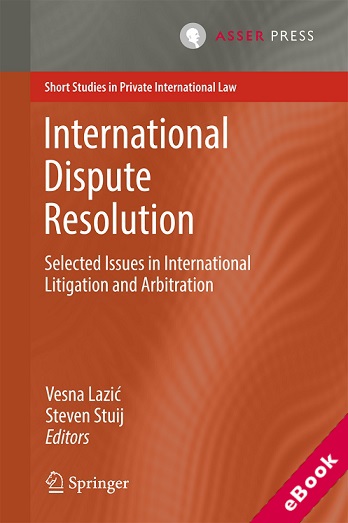
The device(s) you use to access the eBook content must be authorized with an Adobe ID before you download the product otherwise it will fail to register correctly.
For further information see https://www.wildy.com/ebook-formats
Once the order is confirmed an automated e-mail will be sent to you to allow you to download the eBook.
All eBooks are supplied firm sale and cannot be returned. If you believe there is a fault with your eBook then contact us on ebooks@wildy.com and we will help in resolving the issue. This does not affect your statutory rights.
The contributions in this book cover a wide range of topics within modern dispute resolution, which can be summarised as follows: harmonisation, enforcement and alternative dispute resolution. In particular, it looks into the impact of harmonised EU law on national rules of civil procedure and addresses the lack of harmonisation in the US regarding the recognition and enforcement of foreign judgments. Furthermore, the law on enforcement is examined, not only by focusing on US law, but also on how to attach assets in order to enforce a judgment. Finally, it addresses certain types of alternative dispute resolution. In addition, the book looks into the systems and cultures of dispute resolution in several regions of the world, such as the EU, the US and China, that have a high impact on globalisation. Hence, the book is diverse in the sense of dealing with multiple issues in the field of modern dispute resolution.
The book offers explorations of the impact of international rules and EU law on domestic civil procedure, through case studies from, among others, the US, China, Belgium and the Netherlands. The relevance of EU law for the national debate and its impact on the regulation of civil procedure is also considered. Furthermore, several contributions discuss the necessity and possibility of harmonisation in the emergency arbitrator mechanisms in the EU. The harmonisation of private international law rules within the EU, particularly those of a procedural nature, is juxtaposed to the lack thereof in the US. Also, the book offers an overview of the current dispute settlement mechanisms in China.
The book is primarily meant for legal academics in private international law and civil procedure. It will also prove useful to practitioners regularly engaged in cross-border dispute resolution and will be of added value to advanced students, as well as to those with an interest in international litigation and more generally in the area of dispute resolution.